Greater Yellowlegs, Tringa melanoleuca, are large sandpipers that are bigger than robins and smaller than crows. They are easy to identify because of their color pattern of white with black and brown spots. Greater Yellowlegs have long necks, long yellow legs, and thick-based but long black bills. Lesser and Greater Yellowlegs look similar, but the Greater Yellowlegs are larger and less delicate birds.
This species is commonly seen in Florida wetlands during winter. However, greater yellowlegs also spend time in the Mexico-US border and Central and South America during the non-breeding season. When it is time for breeding, Greater Yellowlegs stay along the Canada-US border. During migration season, the birds inhabit most of the United States, southern Mexico, Belize, Guatemala, and Honduras.
The diet of Greater Yellowlegs consists mostly of insects and small fish, but they also feed on small forms of marine life such as snails, tadpoles, and marine worms.
During the winter Floridians will have the opportunity to observe this incredible species.

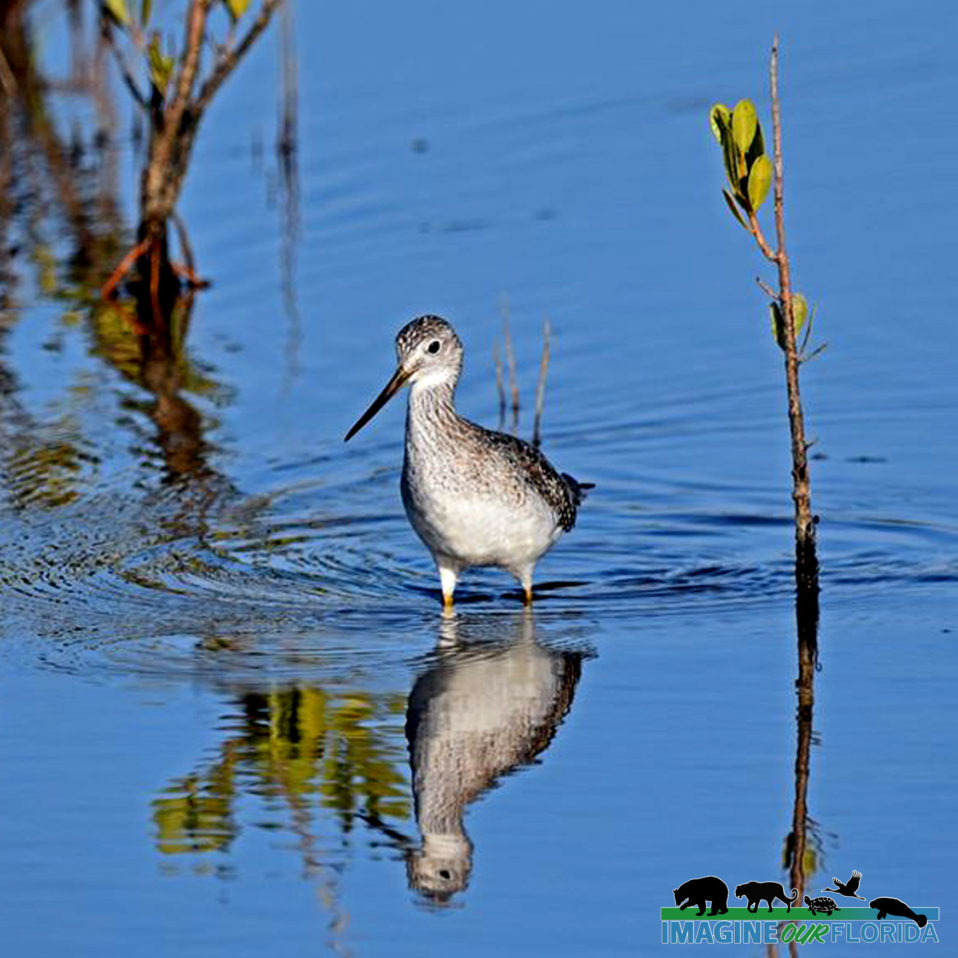
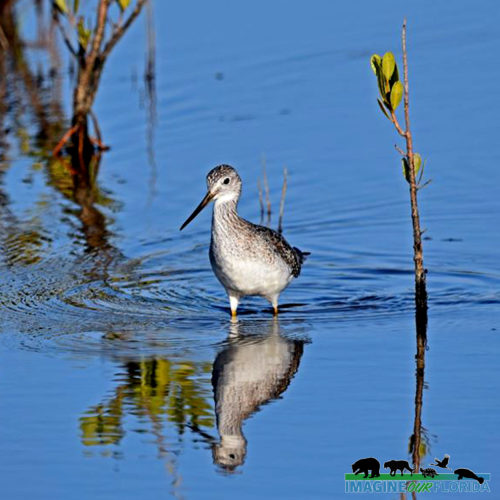
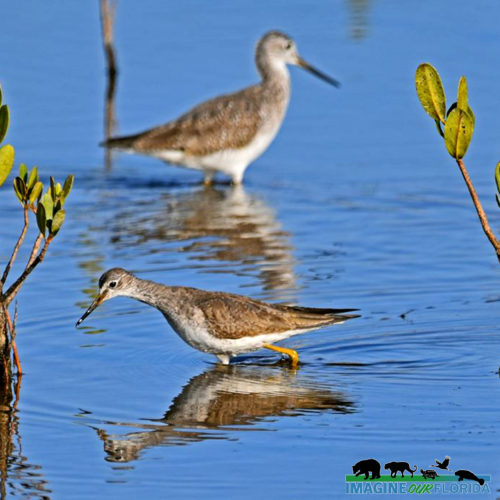
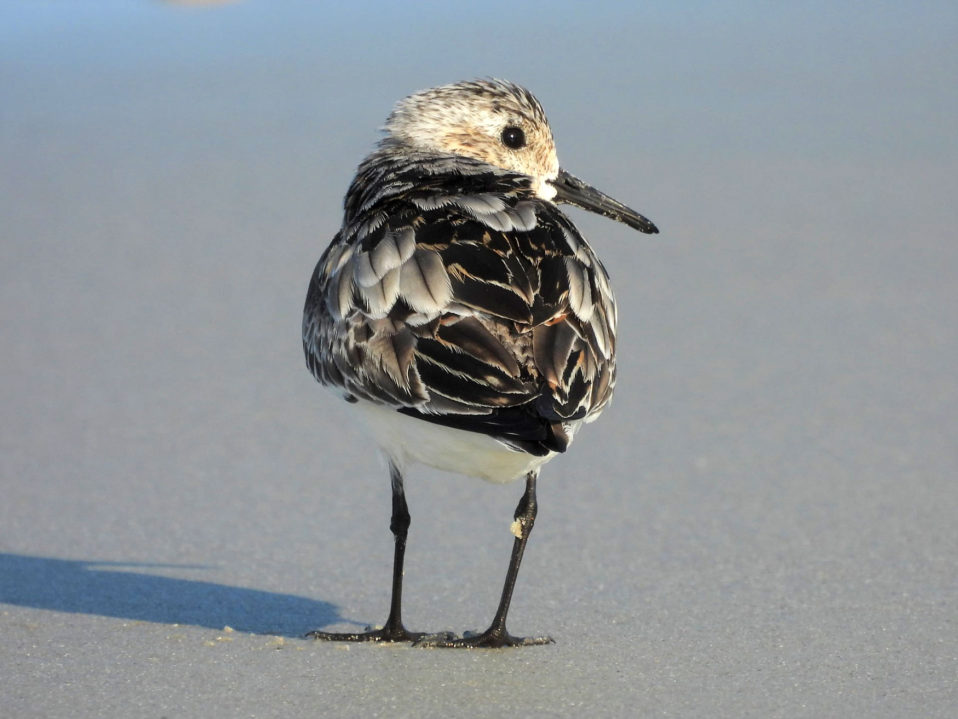
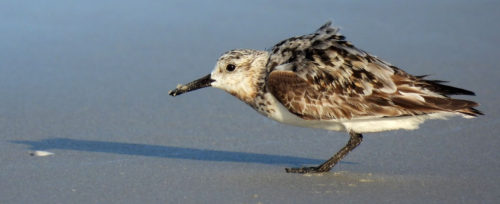
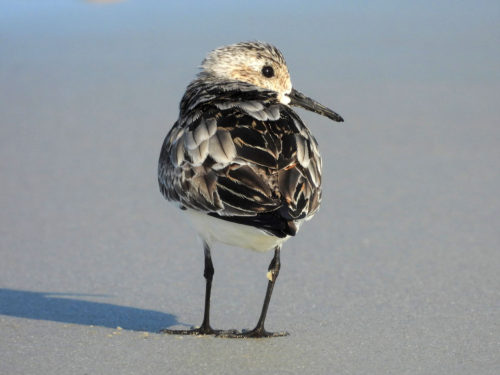
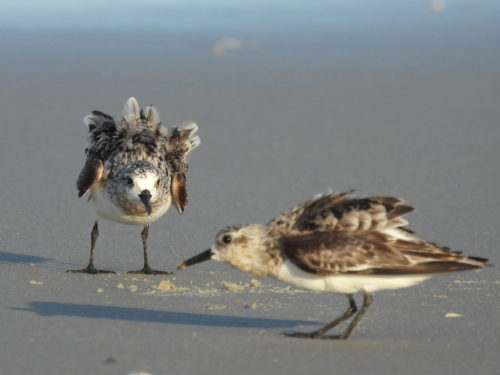
Recent Comments